How To Make Your Own Camera Copy Stand
DIY Copy Stand for Scanning Negatives with a DSLR
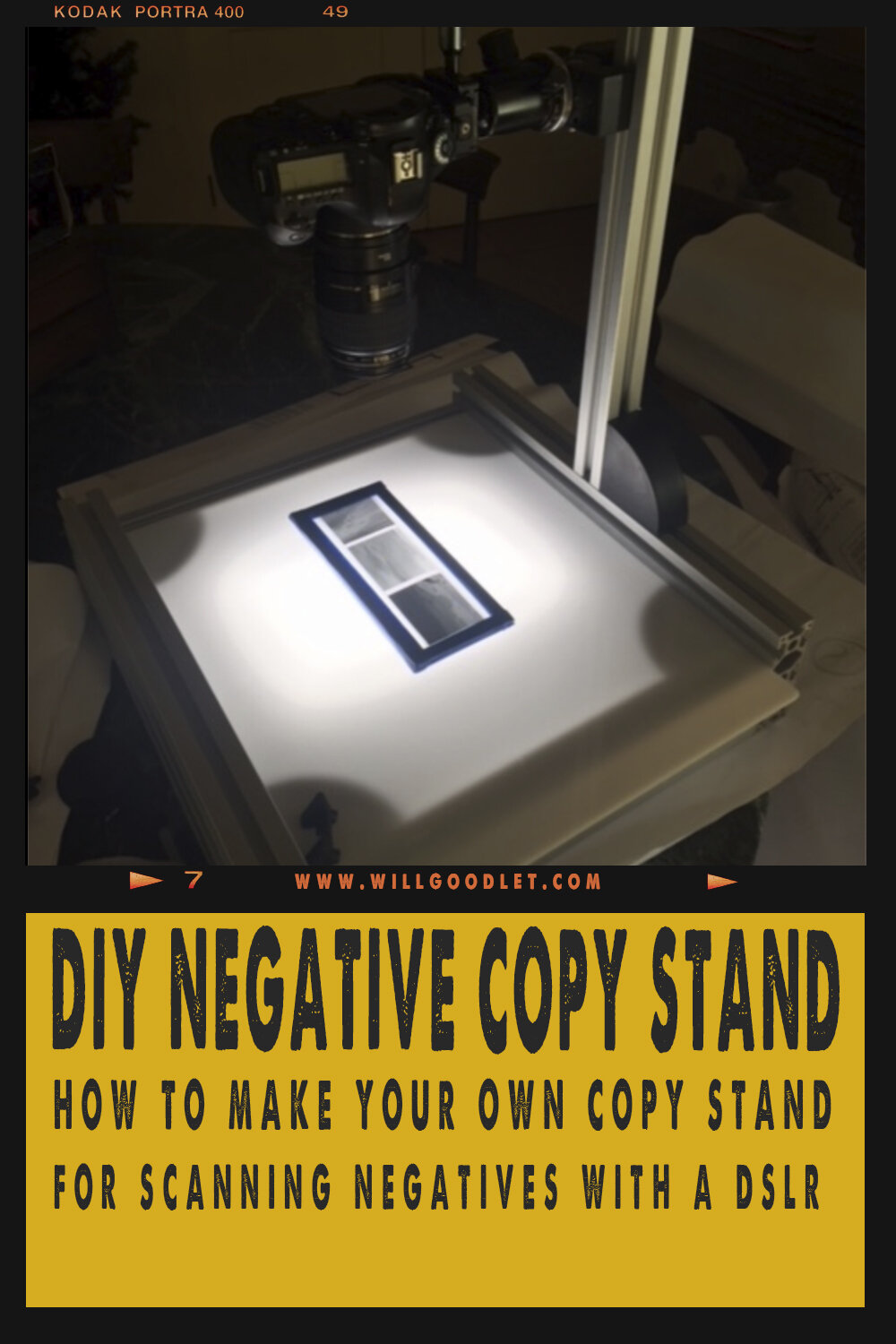
Digitising Film Negatives or Artwork
Digitising film negatives or copying artwork tin be done with a specialist scanner. Something similar the Epson V850, but it is a pricey pick and information technology doesn't always deliver the best results, peculiarly for 35mm negatives.
A little while agone I conducted a little experiment in scanning or digitising a film negative. It involved a DSLR, a flash and an empty water ice cream container. It was encouraging!
Comparison the results to the images from the scanner showed improved sharpness, improve grain resolution and RAW paradigm files that were a great bargain smaller than the TIFF files produced from scanning.
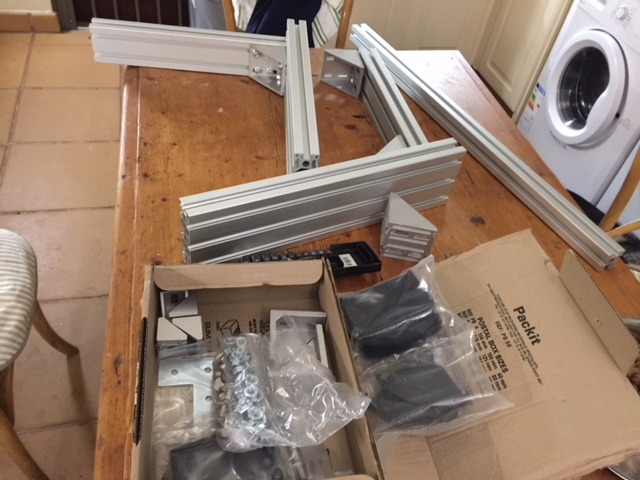
I decided that it would be worth some more than experimentation and set out to find an erstwhile copy stand or enlarger stand to place over an artists low-cal tracing pad.
Unfortunately, I just couldn't find any for auction. Due south Africa is not like the US or Great britain with every kind of weird old tool a click away on eBay. Here, they are hard to come up by or available new at three times the cost.
It was time for a DIY bodge!
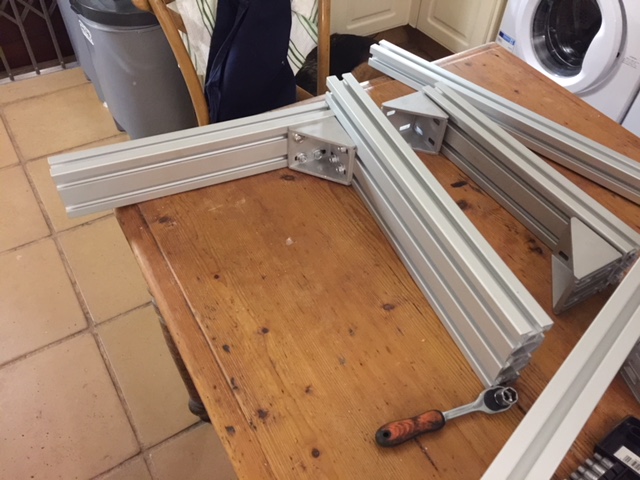
Making a Re-create Stand Frame
Having already made a timelape track and controller from various bits of aluminium extrusion used in the making of 3D printers, I decided to piggy dorsum on the idea and build a re-create stand and low-cal table from the aforementioned materials.
It was exceptionally easy to design and order the components from online retailers and it took about twenty minutes to assemble.
The effect is overbuilt and extremely strong simply still relatively lightweight.

Daylight Balanced Lite for Copy Stand
The light source are two daylight balanced video lights that I use for astrophotography, placed nether a cut-to-size 3mm Opal daylight balanced piece of Perspex.
Identify the negatives, in a glass holder on meridian and the light shines through beautifully.
The DSLR is mounted over the top with a Manfrotto superclamp and levelled with a simple spirit bubble.
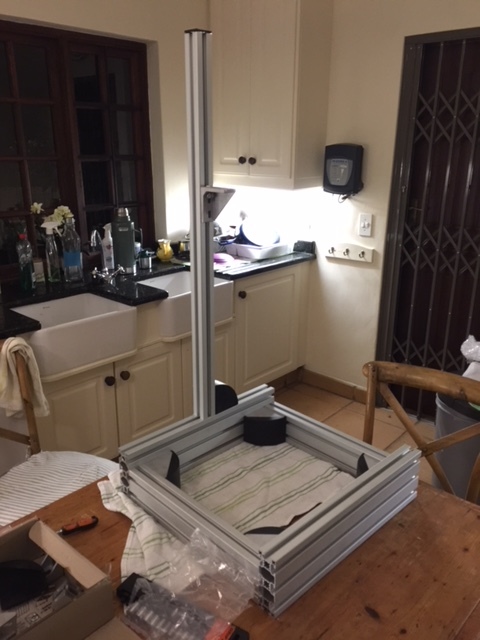
Conclusion
So far the results have been interesting. The quality of the DSLR paradigm v the scanner is roughly equivalent. All the same, the scanner has a trend to smudge or blur the grain while the DSLR renders it better.
I have yet to compare images in particular, but I hope to apply a macro lens (Canon 100mm F2.8 USM) to create panoramic stitches of negatives.

Without the budget for drum scanning, I am hopeful that this technique will produce skilful results.
The costs of the projection was about R2,000 a fraction of the well-nigh R6,500 needed to buy a Kaiser copy stand and simple artists LED tracing pad.
© 2018 Will Goodlet

Sample Copies/Scans of 6x7 Negatives
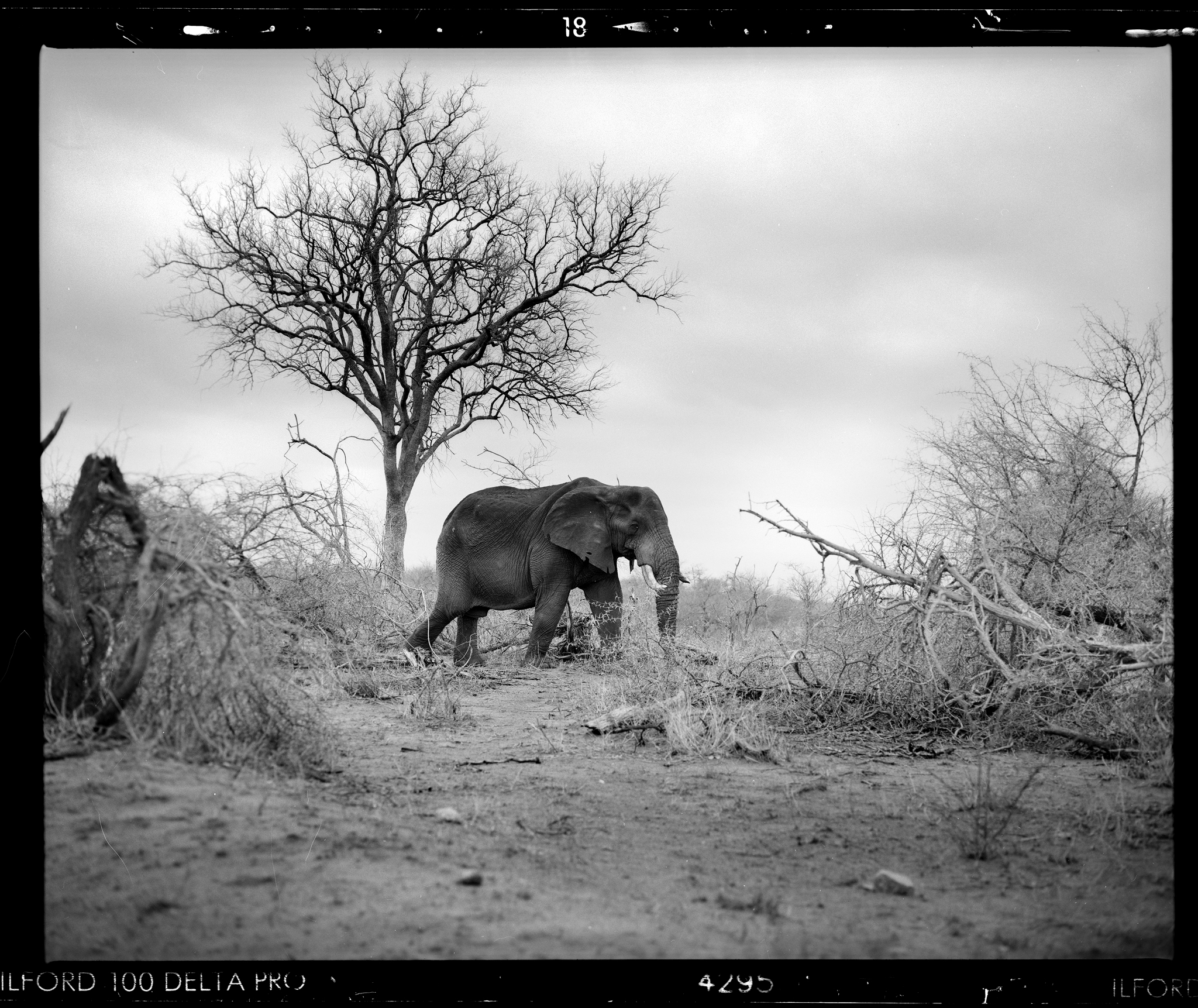
DIY Scanning of negative using a DSLR

DIY Scanning of negative using a DSLR
List of Materials for DIY Re-create Stand
Source: https://willgoodlet.com/blog/diy-copy-stand-light-table-film-digitiser
Posted by: sanderlinrame1970.blogspot.com


0 Response to "How To Make Your Own Camera Copy Stand"
Post a Comment